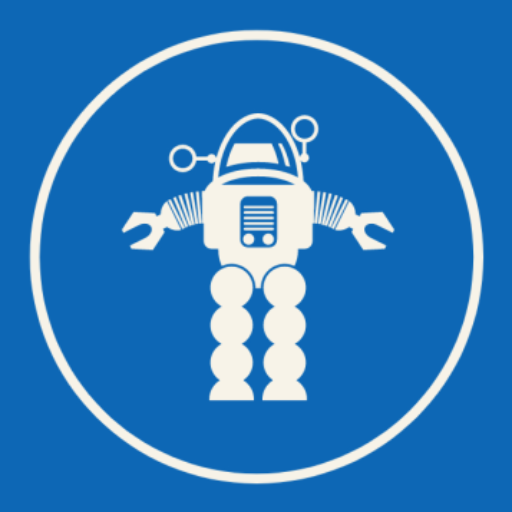Latest from MIT : AI agents help explain other AI systems
Explaining the behavior of trained neural networks remains a compelling puzzle, especially as these models grow in size and sophistication. Like other scientific challenges throughout history, reverse-engineering how artificial intelligence systems work requires a substantial amount of experimentation: making hypotheses, intervening on behavior, and even dissecting large networks to examine individual neurons. To date, most…
